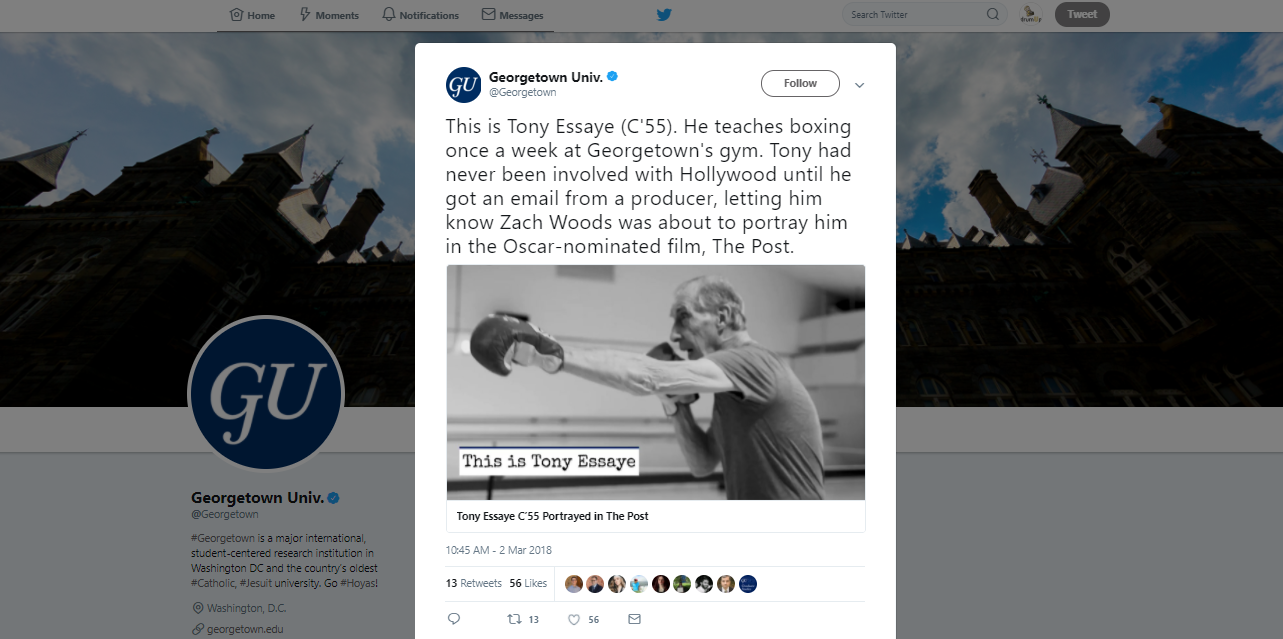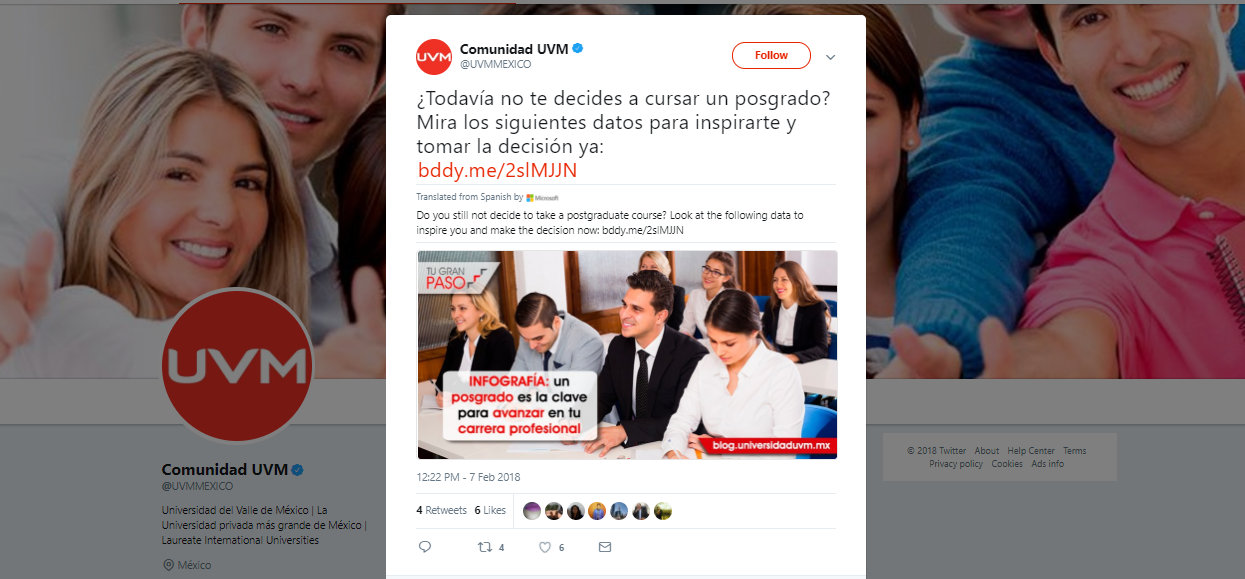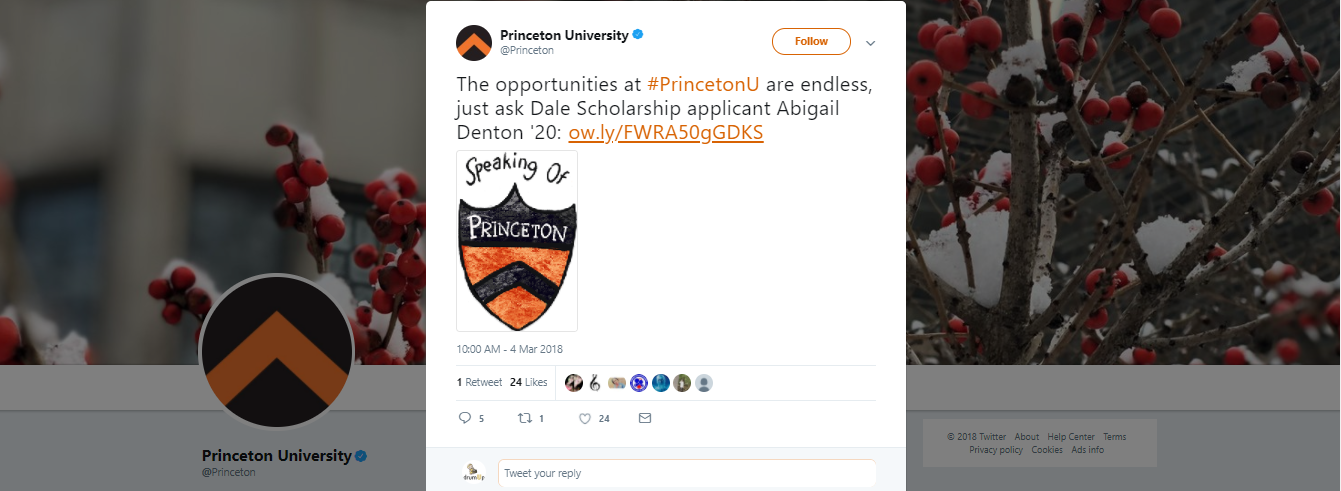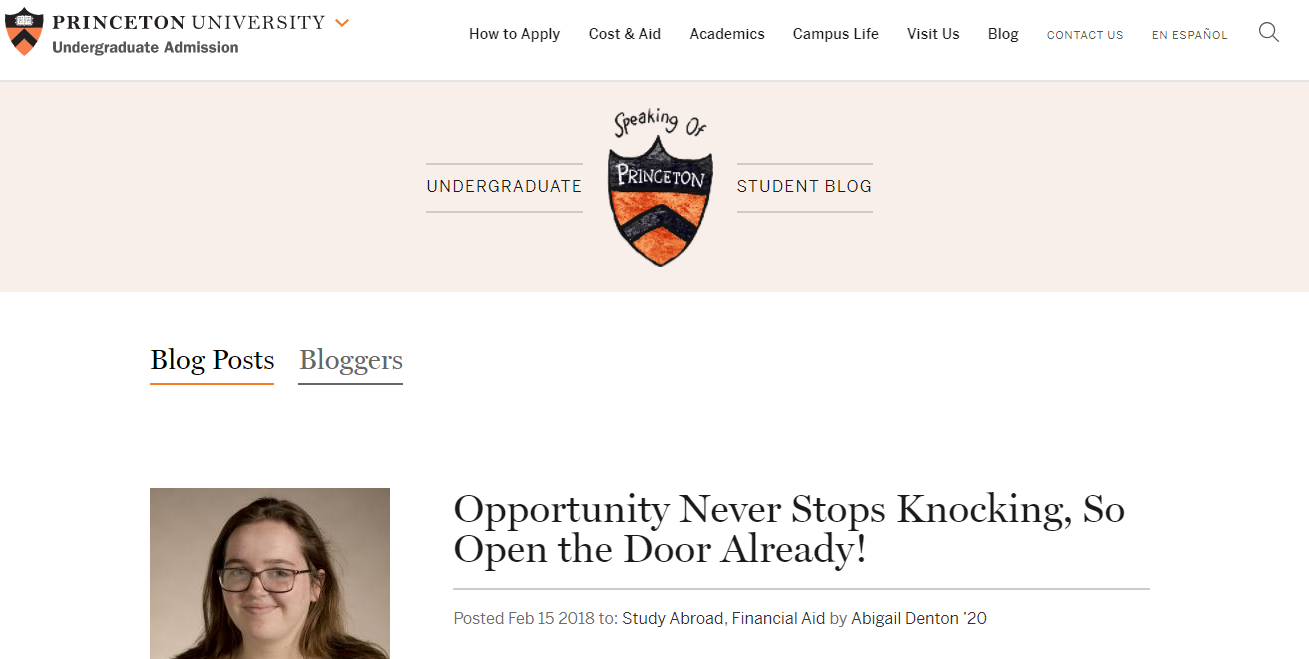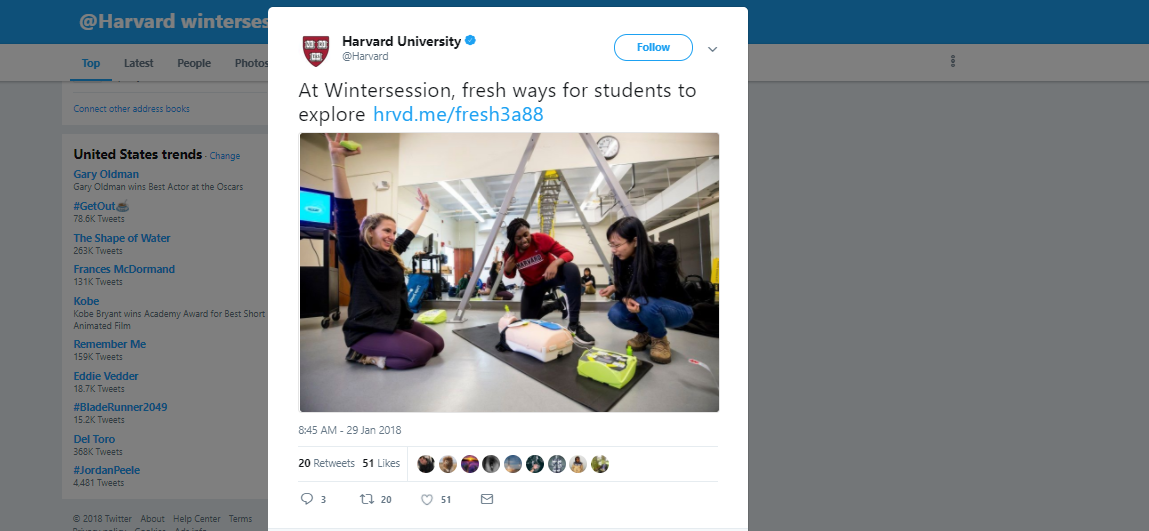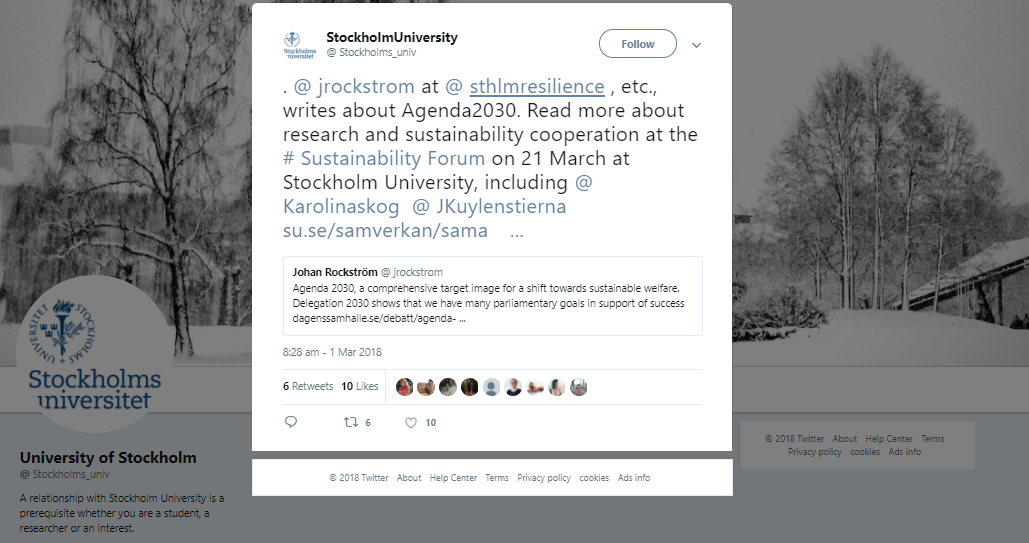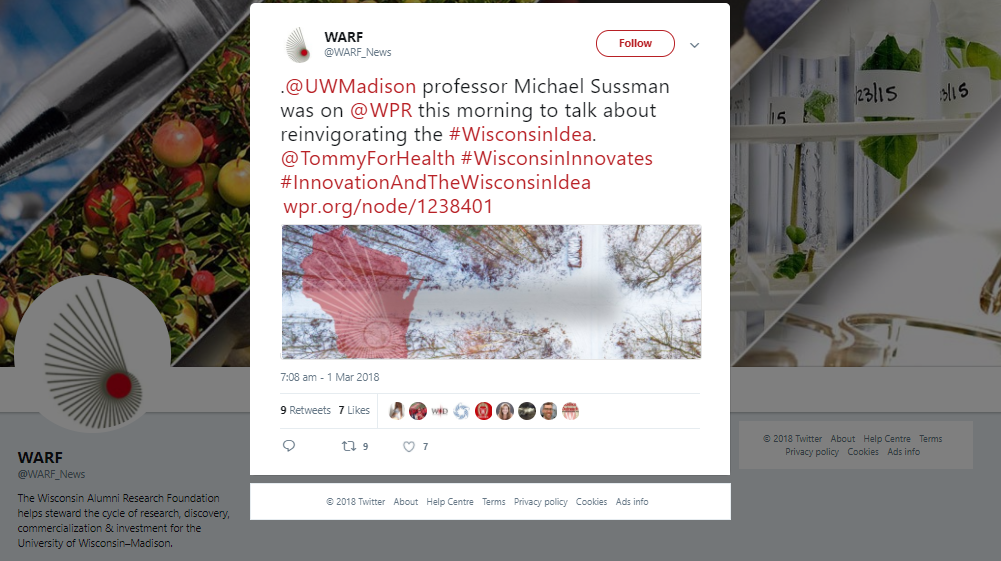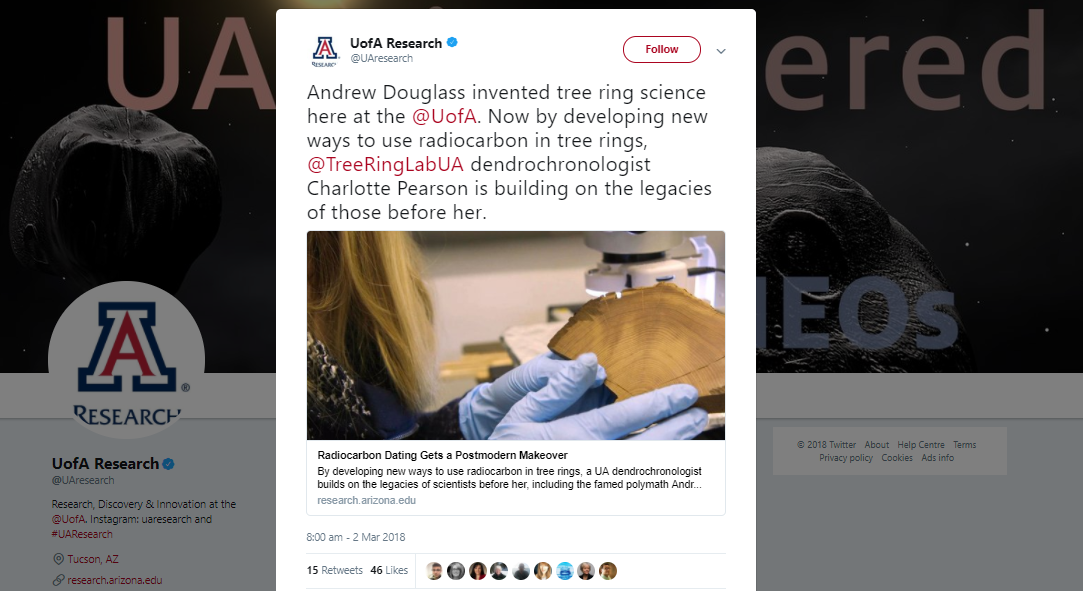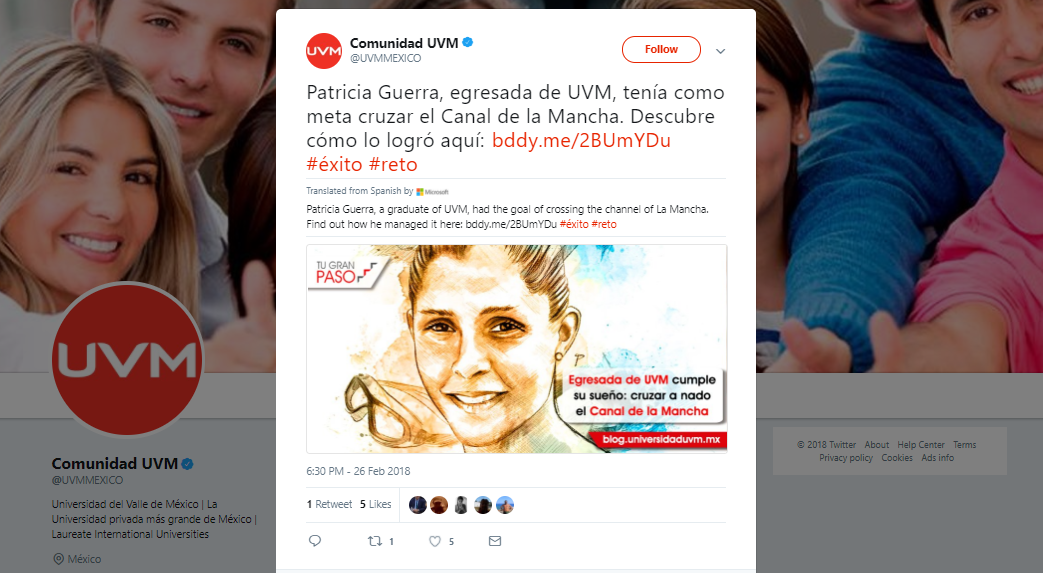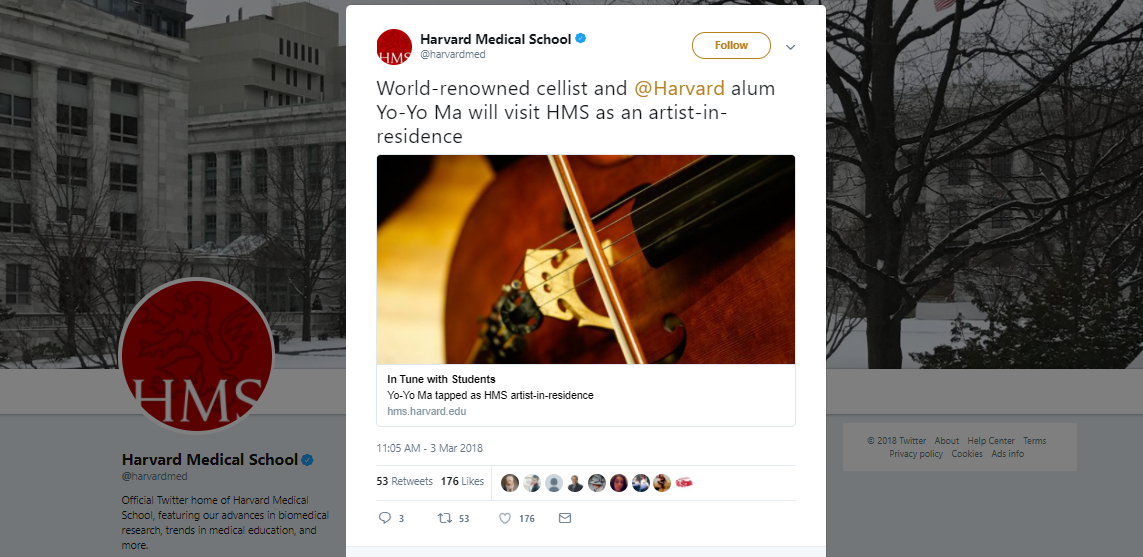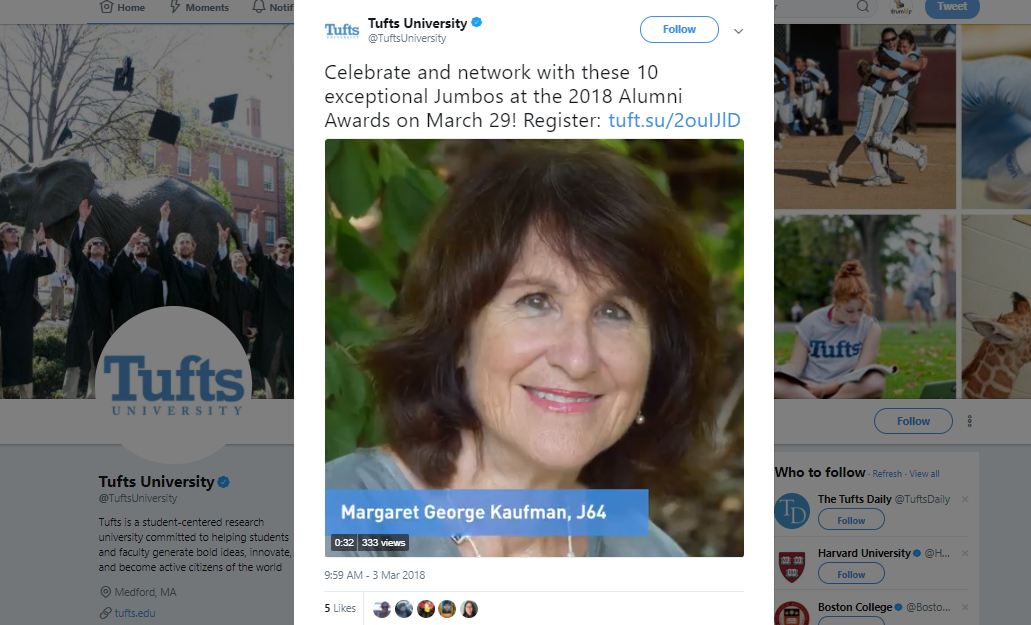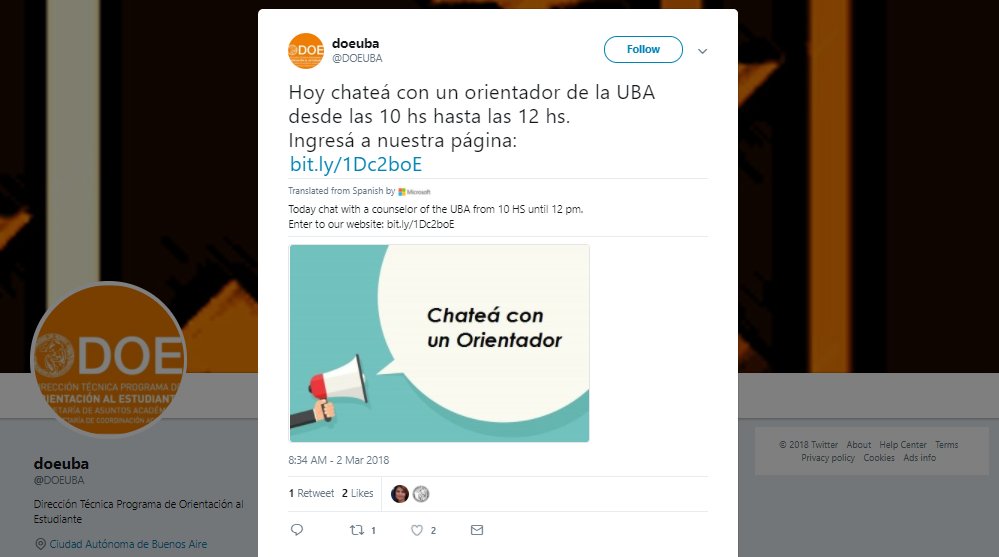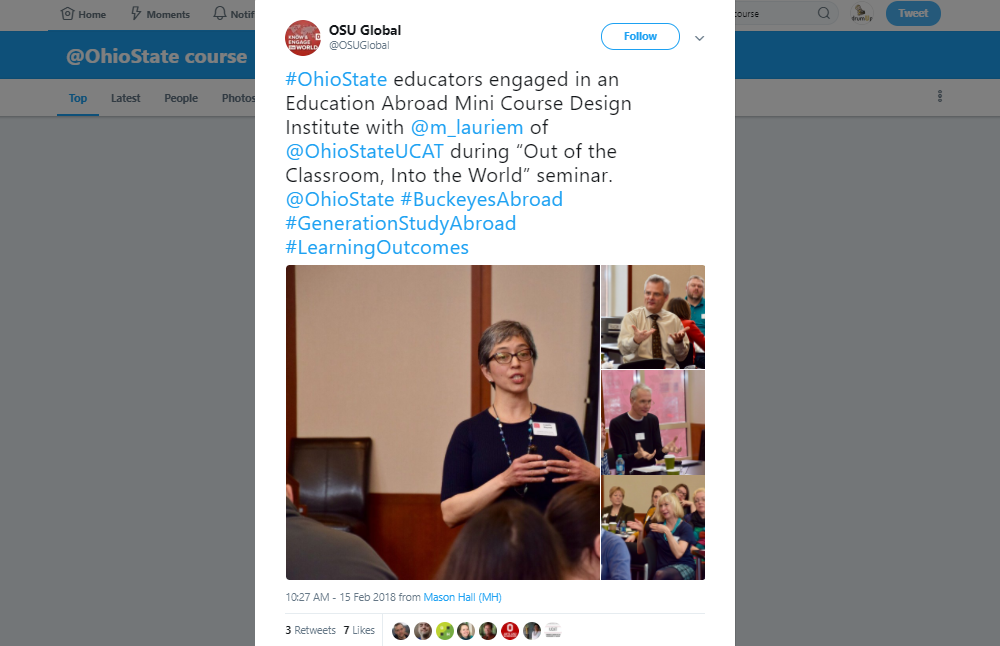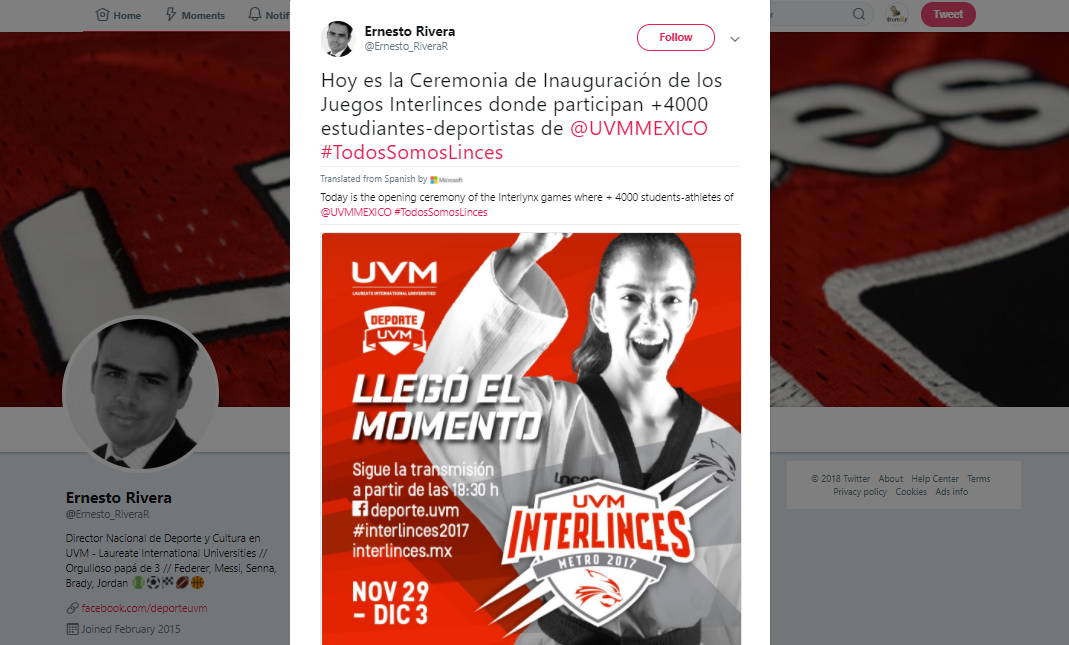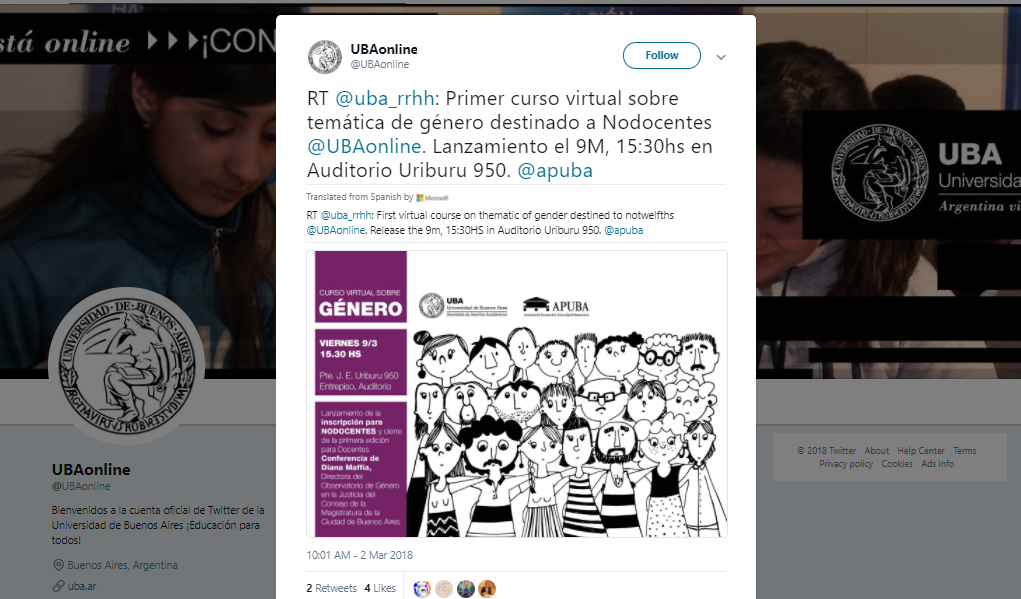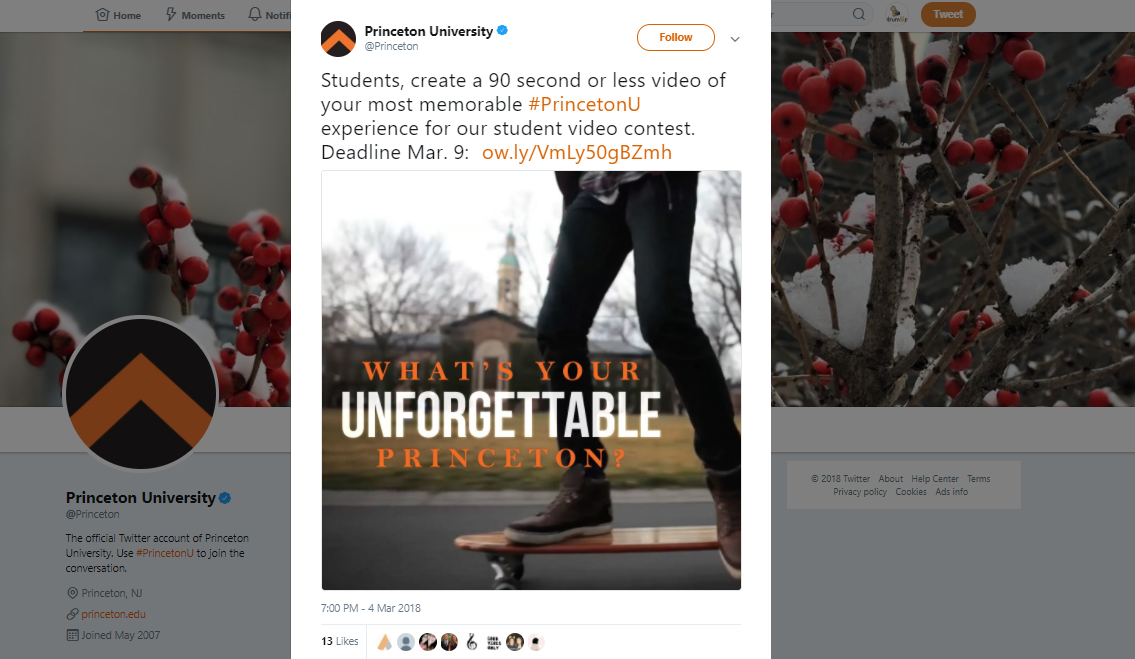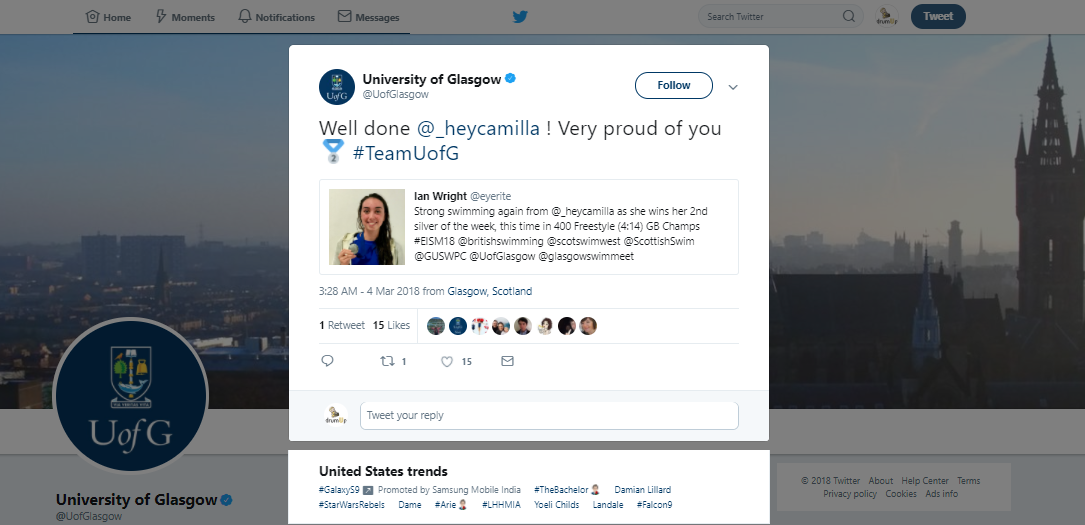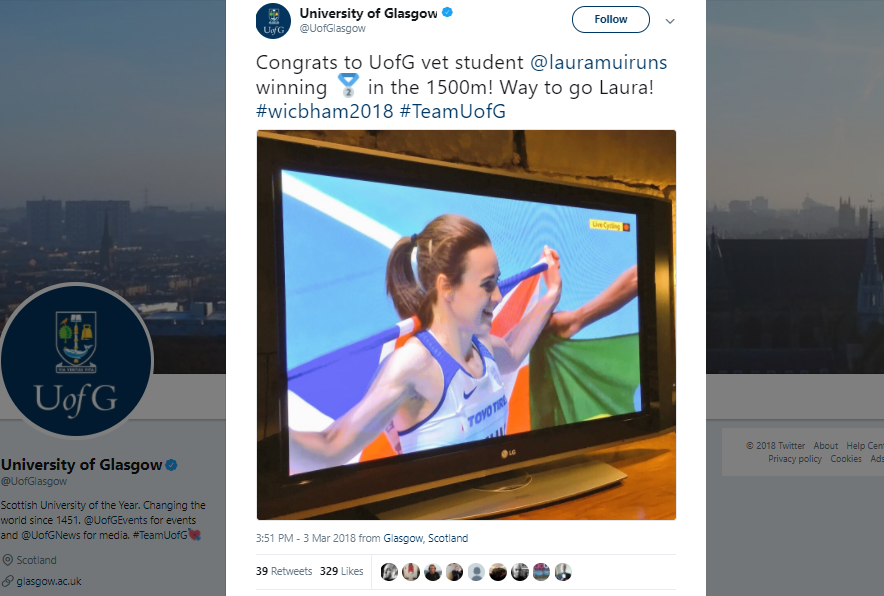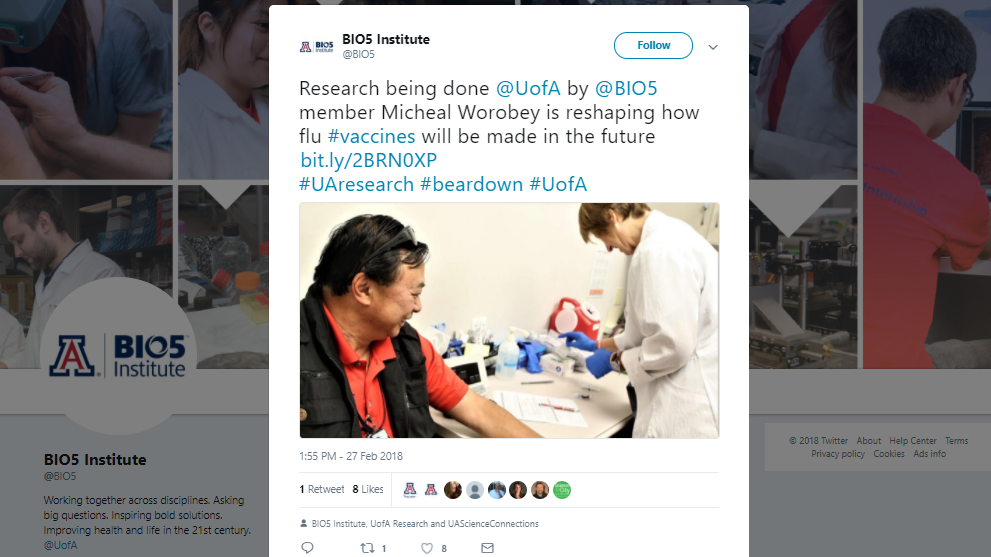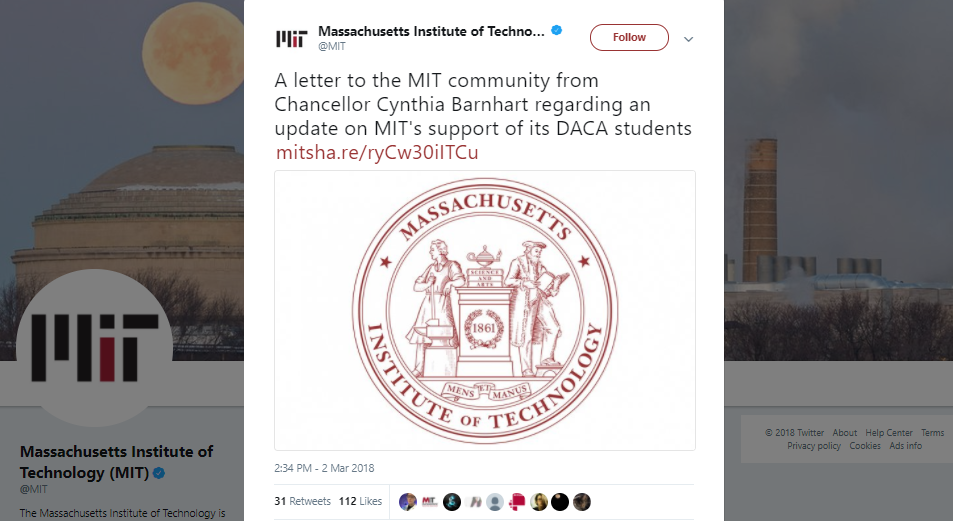Social Media Employee Advocacy for Universities and Higher Education Institutions
Social media employee advocacy is great for university branding, which can help universities recruit the staff, students and investors that they need to boost rankings and compete globally.
Who ranks universities worldwide? Organizations such as Quacquarelli Symonds World University Rankings (associated with Times Higher Education Magazine) and the Centre for World University Rankings are responsible for evaluating and reporting education standards from around the world. The following is a list of factors that such organizations consider when ranking educational institutions.
- Academic peer review
- Faculty/Student ratio
- Citations per faculty
- Employer reputation
- International student ratio
- International staff ratio
- Patents
These factors affect university rankings and in turn affect other factors on the list. And most of these factors can be substantially affected by how a university is projected on social media, by students and employees.
Why, you ask?
People use social media for research and decision-making. Your future star staff members, students and grant-providers could be anywhere in the world, and yet social media can connect you with them.
Students have networks of prospective applicants who are friends, juniors, relatives who are difficult to reach via traditional advertising. Student brand advocacy sharing campus updates, placement brochure and achievements may also lead to an increase in number of recruiters.
People influence people more than brands influence people. When students and employees share your content, it is likely to be perceived as more credible and effective. Plus, we know that social media giants like Facebook have decreased organic reach for social media pages and favor content from family and friends. With an employee advocacy program, you can encourage content sharing.
What an employee advocacy program for universities would look like
Do you know what Harvard Medical School’s latest achievements are? They’re probably worth talking about, but only about 1-2% of the ivy league institution’s Twitter followers get to see the school’s daily updates.
Several universities such as Harvard and Stanford already have well-developed social media branding and marketing strategies, targeted at their millions of social media followers. But even with such huge followings on social media, Harvard and Stanford aren’t penetrating their audience a 100%. With an employee advocacy program and a well thought-out social media marketing strategy, you can use effective fine-targeting and reach just the right people.
Using employee advocacy platforms
While universities can run employee advocacy programs manually, it’s easier and more effective to have a process in place. Employee advocacy platforms can organize and streamline your employee advocacy program to enable better results that can also be measured.
Here’s a list of things you can do with DrumUp’s employee advocacy platform:
- Automate sharing of blog content with employee advocates (anyone invited & connected to the platform – this can be staff as well as students and alumni members)
- Automate sharing of your Facebook, LinkedIn or Twitter posts with employee advocates
- Gamification of the advocacy process
- Tracking of reach and engagement of social media posts shared with your employee advocates and by your employee advocates on their social media
- Simplify sharing for your employee advocates (they can connect social accounts to DrumUp and share posts that interest them with a single click)
- Have employee advocates “Suggest posts” for easy Advocacy Program-wide sharing
- Schedule content to your University’s social accounts
Benefits universities and higher education institutions can enjoy by running an employee advocacy program
- Effective branding
People today use social media for everything from staying in touch with family and friends to getting news, expressing opinions and looking up products and services before making a purchase. By running an effective social media employee advocacy program, universities can make an impression on important people such as talented students, accomplished staff, high-profile recruiters.
- Greater reach
Your social media reach gets exponentially multiplied when multiple people share your content. With employee advocacy, you can also do selective targeting of people in particular career roles or stages of life. For instance, if you want to recruit students, you can reach them via social media networks of your current students and alumni.
- Shorter and less expensive recruitment cycles
According to a study by JobVite, 67% employers said the recruitment process was shorter and less expensive when conducted through employee advocacy or referrals. So you can save a ton of time and money on recruiting students and staff.
- Higher retention rates
According to recent research, an increase in customer retention by just 5% can increase revenues by 25-95%. But many companies struggle to keep customers engaged in a market that’s flooded with alluring alternatives. Universities face tough competition in attracting talented students, professors and placement units and retaining them long-term. By running an employee advocacy program, universities can gain public recognition for achievements via content shared by their employees, current students and alumni.
What universities and higher education institutions can achieve via employee advocacy programs
With the right content strategy and network of advocates, there is much that a university can accomplish using an employee advocacy program. Here are just a few ideas.
1. Attract future students
2. Share student experiences
3. Promote research and fundraising
4. Engage alumni worldwide
5. Provide current students with answers and resources
6. Share university news, updates and messages
7. Launch online contests
8. Showcase individual and university achievements
9. Drive staff recruitment
10. Create an online uni community
11. Nurture clubs and societies
1. Attract future students
Student recruitment has always been a challenge for universities, and with added competition from online course providers, universities have to rely on new engagement tactics to attract and qualify prospective students. And these engagement tactics should ideally be employed year-round and not only during application season.
Several universities are already using social media to attract prospective students in different ways.
Georgetown University features celebrity staff and staff achievements from time to time to entice prospective and current students into taking certain classes.
University of New South Wales often shares photographs that depict campus culture to excite prospective students.
University of the Valley of Mexico sometimes shares compelling information and data to drive students to choose different programs in their roster.
Butler University shares fun, entertaining and relatable social media content that speaks to their young target audience.
While each of these social media posts can work wonders for any university account, they could be more impactful when delivered from student and staff accounts. An employee advocacy platform like DrumUp will simplify that process.
2. Share student experiences
Student experience matters. Not only because students pick universities based on student experience but also because engaged students perform better and contribute more to a university’s accomplishments. Many universities are already displaying glimpses of student experience on their social media pages, but few are involving students in the activity. Imagine the extent of amplification and targeting that you can achieve by sharing such information via your student and alumni networks.
Here are instances of different universities showcasing student experience on social media.
Princeton University has students blog about scholarships and financial aid to encourage other students to apply. Then also share information about such blog posts on social media.
Harvard University similarly has students blog about campus activities to pique the interest of prospective students. These blog posts also get shared as social media posts.
While sharing such posts on University social media pages is great for branding, you can appreciate how the impact of such posts would be greater coming from students themselves.
3. Promote research and fundraising
Universities are perennially faced with the problems of shrinking research budgets and expiring grants. With effective social media branding, universities can make an impact on individuals in government and external agencies who are responsible for voting on research budgets. By having social media posts about ongoing research shared, universities can encourage students and staff to contribute to research efforts.
Here are examples of posts shared by universities to exhibit ongoing research.
Georgetown University shares posts about breakthroughs in scitech driven by research in their university to inspire other students and staff to participate in research efforts.
Stockholms Universitet shares information involving research organizations with which it has strategic relationships, to promote collaboration and mutually beneficial research.
University of Madison publishes posts about staff member appearances in local and national news to promote interest in their university’s research programs. This university even has an entire Twitter account dedicated to alumni research initiatives and accomplishments.
University of Arizona also has a Twitter account dedicated to tweeting about research. The university often posts about historical research events and accomplishments of their university to encourage current students and staff to contribute to the established brand.
With students and staff sharing social media content related to historical research milestones and current research, universities can make a bigger impact on how decision makers see their research profiles online.
4. Engage alumni worldwide
A university’s alumni network is invaluable because through it you can source great jobs for current students, improve your industry training, recruit reliable staff members and even source research donations. However, maintaining relationships with alumni requires two way interaction and alumni-centric engagement. Many universities keep in touch with alumni and keep them involved in university activities. Few universities even feature their alumni often on
their social media accounts.
Here are a couple of examples of universities engaging alumni on social media.
University of the Valley of Mexico often honors alumni achievements on social media, and has them write for the university blog from time to time.
Harvard University sometimes engages alumni in cultural events and documents such events on social media.
Tufts University awards alumni for their accomplishments annually and records its award ceremony on social media posts.
Instead of simply sharing social media content involving alumni, you can have alumni participate in social media conversations and share the content themselves using an employee advocacy program.
5. Provide current students with answers and resources
Companies across the world are already using social media to address and manage customer experience. There’s no reason why universities shouldn’t do the same. Several universities already use social media to broadcast messages and communicate with students, staff and alumni. With student advocates involved, universities can convey their messages to a wider audience.
Harvard University uses social media for student announcements. Here’s a tweet informing students that they can take a class in the convenience of their homes if they can’t make it to campus. Such posts can be shared real-time and with a large audience using DrumUp employee advocacy platform’s Priority Post feature.
Universities could share information about financial aid and counselling sessions, resources that banks and other such institutions offer prospect students. Here’s a tweet from the United Bank of Africa, announcing an online counselling session.
Ohio State shares posts about courses created by staff that are available for student enrollment. With an employee advocacy program, universities can promote online courses via their student and alumni network, reaching a large number of potential prospects. Employee advocacy is commonly used for event and course marketing.
6. Share university news, updates and messages
PR has moved to a new destination – social media. Organizations in the world are constantly using social media to write their own realities and broadcast their own news, banking on the trend of people increasingly using social media to source their news. Universities are also using their social media accounts to share news, updates and messages with their online communities.
Here are instances of universities using social media to broadcast important news and updates with their social media followers.
Apart from research focused updates, University of the Valley of Mexico also shares event updates. With employee advocacy, universities can increase impressions on event updates and improve turnout and participation numbers.
Universidad de Buenos Aires also covers online event updates, which can also aid in increasing online event adoption and participation.
University of Wisconsin-Madison has an entire social media account dedicated to sharing university news and updates.
7. Launch online contests
Contests can be a great way to engage students, staff and alumni, or collect UGC (User Generated Content), testimonials for student experience or create buzz for a particular event or activity. Contests could be key to increasing engagement for any purpose on social media. But getting contests to take off can be tricky, without support from your actual community of students, staff and alumni.
Here are a few examples of how universities are currently running contests or promoting contests using their own social media accounts.
Princeton University announces contests on social media from time to time. Here’s one that’s attempting to get students to share their experience in video format.
University of New South Wales uses social media contests to increase turnout for their open house events and campus visits. Here’s a fun one that asks campus visitors to find the university mascot and click a selfie with him.
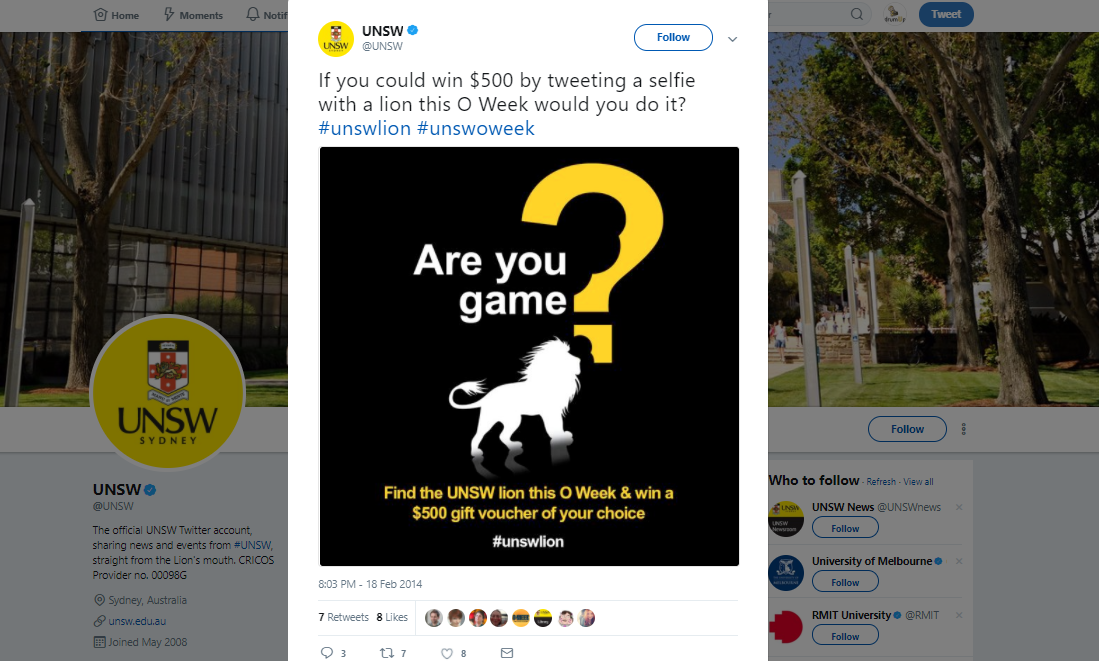
Save time managing your social media accounts
Are you still managing your social media accounts directly from Facebook/Twitter/LinkedIn? Make your life easier by managing all your social media in one place, schedule posts, repeat posts, curate content and more. Try DrumUp now, it's free, forever.
Both of these contests can be greatly amplified by sharing content with advocates via an employee advocacy program. This can be done using an employee advocacy platform that can simplify content gathering and sharing.
DrumUp’s employee advocacy program allows you to directly pull content from your social media and blog feeds and automatically share it with advocates connected to your platform.
8. Showcase individual and university achievements
Universities can benefit greatly by sharing individual and university achievements on social media with fans. By sharing achievements of students in sports and cultural activities, universities can impress upon future students the environment and legacy that they will inherit on joining their institutions. Several universities already share updates on student and team accomplishments in sports and cultural activities.
Here are a few examples of universities celebrating their wins with their social media communities.
Here’s a tweet in which University of Glasgow has featured their star swimmer and her consecutive wins at sporting events. With employee advocacy, students like Camilla can further amplify such tweets and create a wide-spread impact on university target groups.
Here’s another tweet from the University of Glasgow about an event, complete with custom hashtags. For hashtags to have impact on a campaign, they have to be targeted and popular. While sharing on the university’s page makes sense, you can get more exposure and possibly more engagement by having a group of advocates share content with the hashtags.
9. Drive staff recruitment
To drive staff recruitment, it’s important for a university to brand itself as a great employer with an excellent work culture. Employee advocacy is great for employer branding. Who better to talk about your work culture than your staff – management, professors and tutors of all kinds? Several universities already engage their employees in social media conversations, but few use those exchanges for employer branding.
Here are a few examples of universities featuring employees and setting themselves up as great employers on social media.
Here’s Butler University retweeting one of their faculty’s tweets about an experience she had when teaching students at the university.
Tufts University celebrates the wins of its faculty members. Here’s the university congratulating their coach after his team won in competition and he was named “Coach of the year”.
Bio5 Institute proudly shares information about research developments at the institute driven by its faculty.
Universities can do so much more for employer branding. They can also have employees share social media posts that depict the perks of working for the institute.
10. Create an online uni community
Your advocates are the community built around your university on social media. Focus on building and engaging that community and you can reap the benefits of having an engaged and effective group of advocates. An important part of community building is sharing content that engages your target audience. If your community consists of mostly students, you need to speak in a language that appeals to them.
Several universities are already using mascots, emojis and other such content that interests students in their social media marketing. But few universities are employing their students to help distribute such content to a larger audience.
Ohio State University has a Twitter page that has over 174,000 followers dedicated to their mascot Brutus Buckeye. They use the page to publish sports updates.

MIT encourages community minorities to express themselves and address issues important to them. This shows prospect students that the university celebrates diversity and supports students irrespective of their communities or places of origin.
Universities stand a lot to gain when students share content that talks about a university’s community. According to Edelman Trust Barometer 2018, people trust other people (friends, family, social media connections) over authorities.
11. Nurture clubs and societies
It can be tough to get support for clubs and societies within your student community when operating over a large campus. With social media, you can not only connect like minded students together and grow your societies, but also help your clubs and societies find an audience and outside appreciation for their work.
Here are instances of universities sharing content that features their clubs and societies and their events.
MIT often posts about events conducted by its various campus clubs.
The university also advertises what its clubs have to offer to large audiences, helping these clubs get more exposure for their work and achievements.
Wrap
With social media employee advocacy, universities can reach their branding and marketing goals, effortlessly and effectively. All that’s required is the right content strategy and a reliable employee advocacy platform to manage and track an employee advocacy program.
Feature image via @Creativeart at Freepik.com

